The north coast of Scotland’s North Coast 500 is the least exciting stretch, but there are a few highlights. Castle Varrich and Dun Dornaigil Broch both warrant visits, and Smoo Cave just outside Durness is another interesting destination.
Northern Scotland has been home to inhabitants as far back as the Mesolithic, but to look at this coastline today you’d be hard-pressed to see any evidence. It’s a largely rocky, pastoral landscape gently sliding to the sea with few historic structures or markings visible to the untrained eye, and yet the name Smoo probably comes from the Old Norse Smuga, meaning “hiding place.” The inlet leading to the cave looks perfect for a few longships. The Norse were here, and they had an ugly habit of wiping out the indigenous people of northern Scotland and the isles.
People have lived in the area around Smoo Cave for thousands of years, but where are the structures? I’ve just returned from Norway, and I observed very few truly old buildings, bastions, or monuments whereas in most of Scotland you see them all over the hills and valleys. Maybe the Norsemen who sailed to Scotland built with wood, as they seemed to prefer, or didn’t build at all. Maybe they simply plundered and razed villages to the ground. Or maybe they were just one in a succession of inhabitants who systematically dismantled the preceding inhabitants’ shelters, repurposing stone and other materials for their own uses.
We may never know. Smoo Cave, however, provides some answers and, thankfully, was immune to the destructive power of pre-modern man.
Smoo Cave stands directly beneath the A838 running east of Durness. There’s a small parking lot that gets crowded, but you can also park a little ways up the road. A path of crushed stone and wide steps zig-zags down the side of the hill to the inlet and the mouth of Smoo Cave. It’s not a very taxing descent, and you’ll pass by a ruined farmstead covered in patches of emerald grass. On my visit the tide was out of the inlet revealing pebbles, sand, and a lot of algae. The inlet itself is quite narrow and a neat situation given Britain’s largest sea cave stands at the landward end of it.
It isn’t until you descend level with the inlet that you get a first, true look at the enormity of Smoo Cave. A huge chunk of the dolostone has been dug out from underneath the sward by the tidal action of the sea. The gravel path leads into the cave mouth, which is much wider than it looks from the approach. The reddish-gray rock ceiling is uneven, pitted, and covered by green lichens in places. Alterations from tourism are small — just a wooden bridge that leads into a deeper chamber of the cave and an impermanent hard-hat tour meeting point.
Beyond being Britain’s largest sea cave, Smoo Cave is made more unique by the fact that the deeper chambers were created by freshwater run-off dissolving the carbonate dolostones. A pretty waterfall just beyond the cave mouth is the terminus of the Allt Smoo, and from above you can actually look down into the cave complex through a large sinkhole.
After leaving the cave, it’s worth climbing up the far side of the inlet and walking out to the headland. My day was clear, if hazy, but from the rabbit warren-pocked field you can capture long-distance views of the northern coast both east and west.
Smoo Cave is a geological wonder, and with a place like that you can bet there are myths tied to it. For many centuries the cave was believed to be the residence of none other than Satan himself, so it was no surprise when locals found bodies dumped in the cave system, but these were simply men who’d crossed the local laird not paladins struck down by the lord of darkness.
If you’re doing the North Coast 500 or find yourself near Durness, you must stop and check out Smoo Cave.

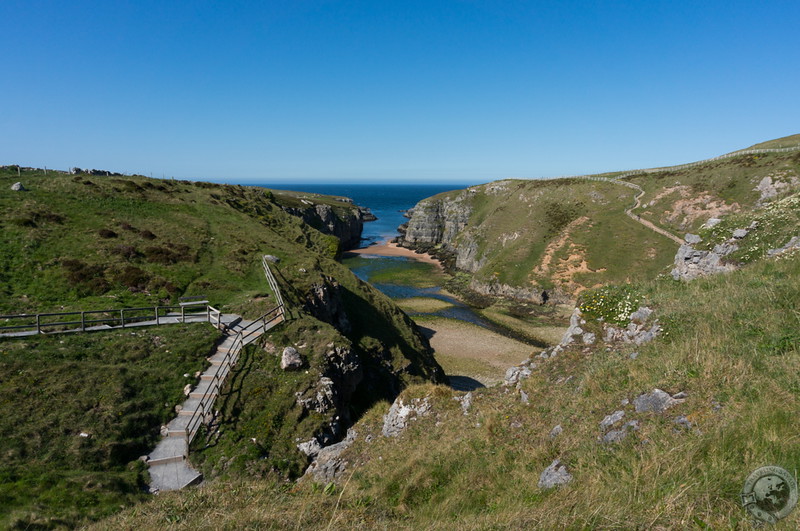
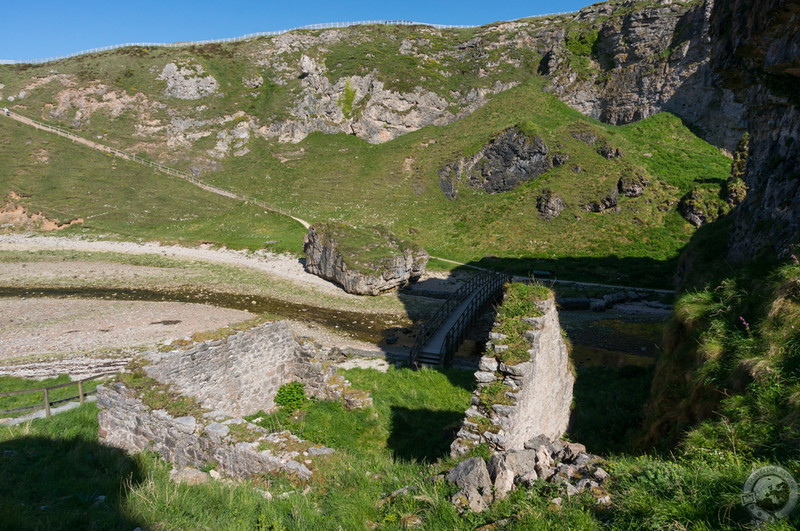
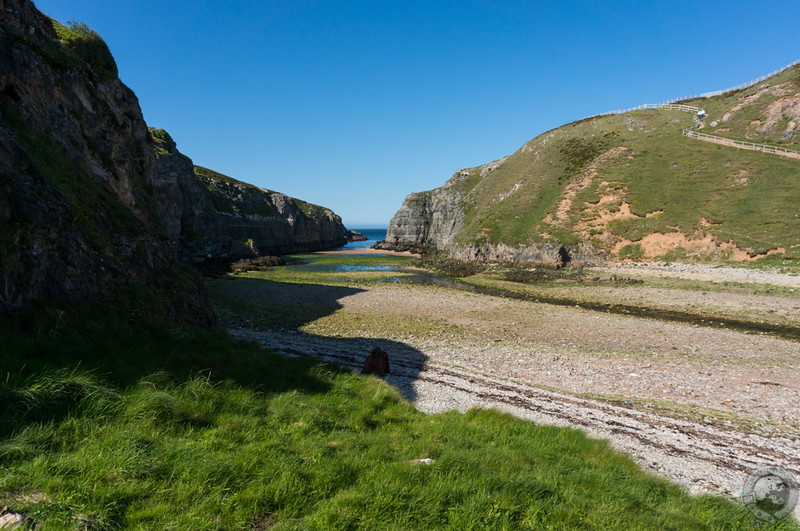
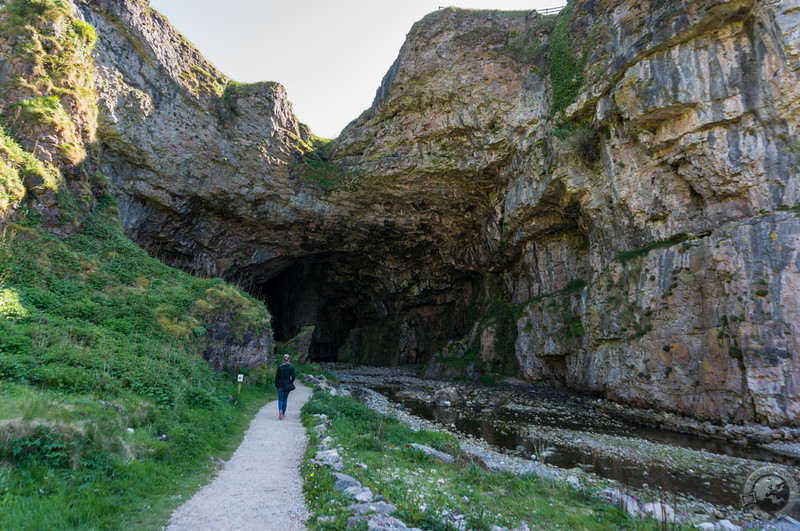
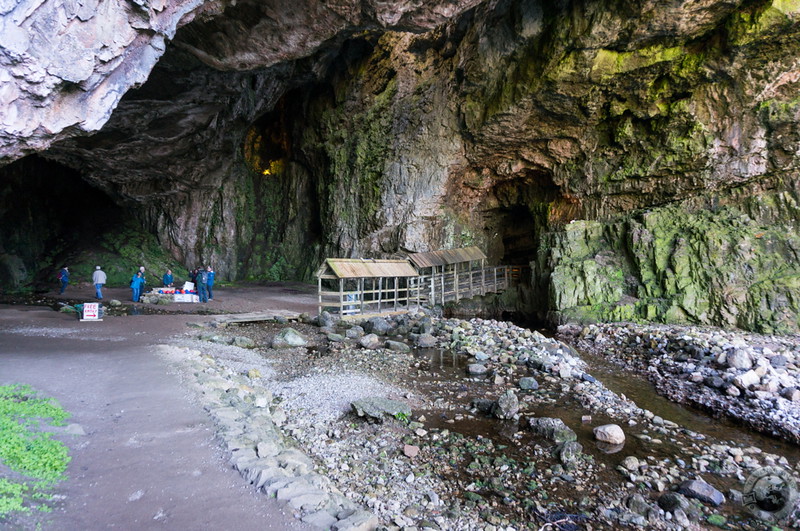
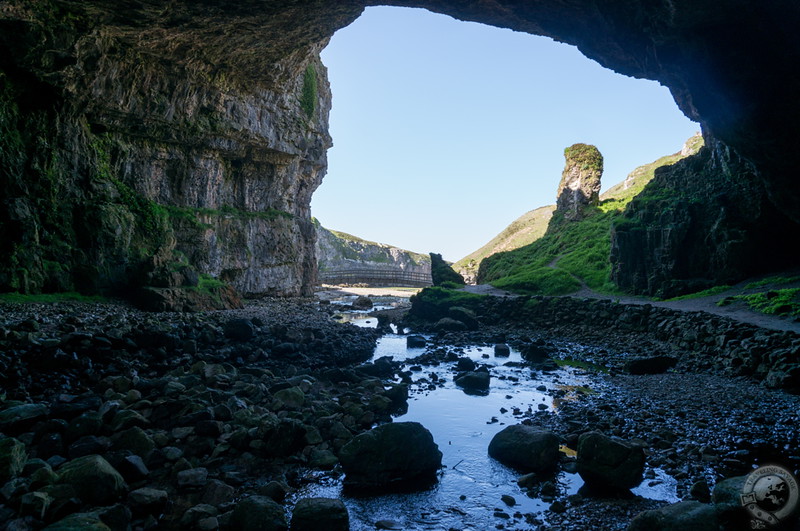
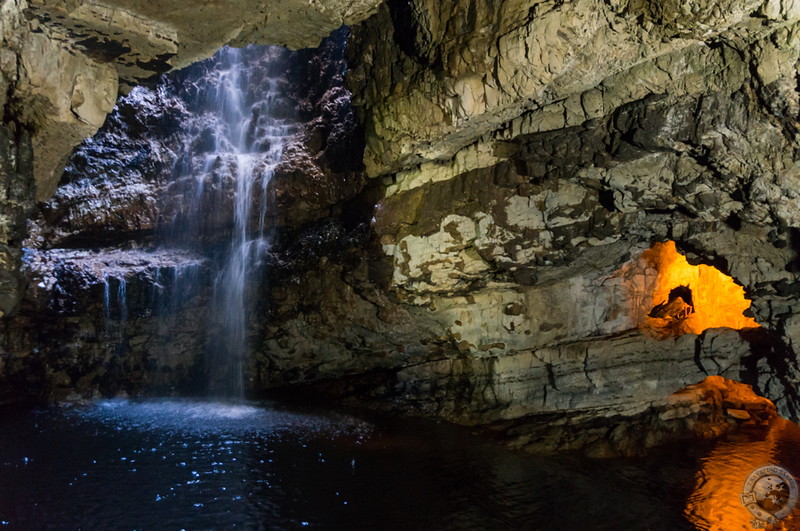
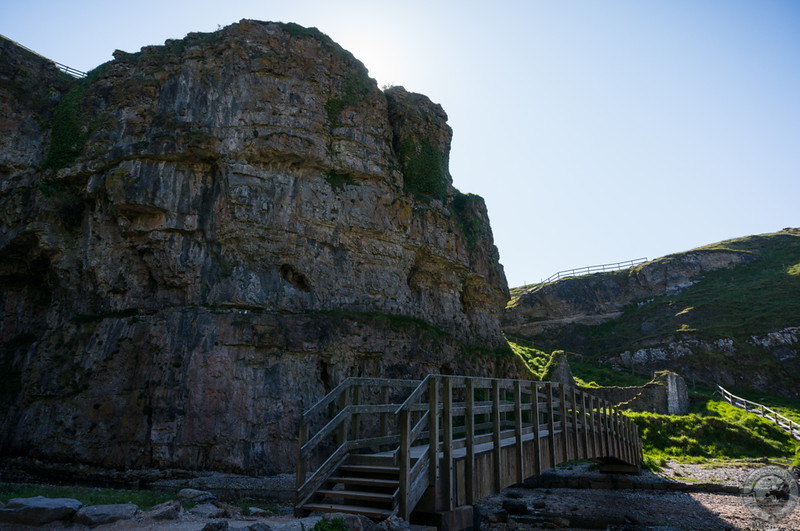
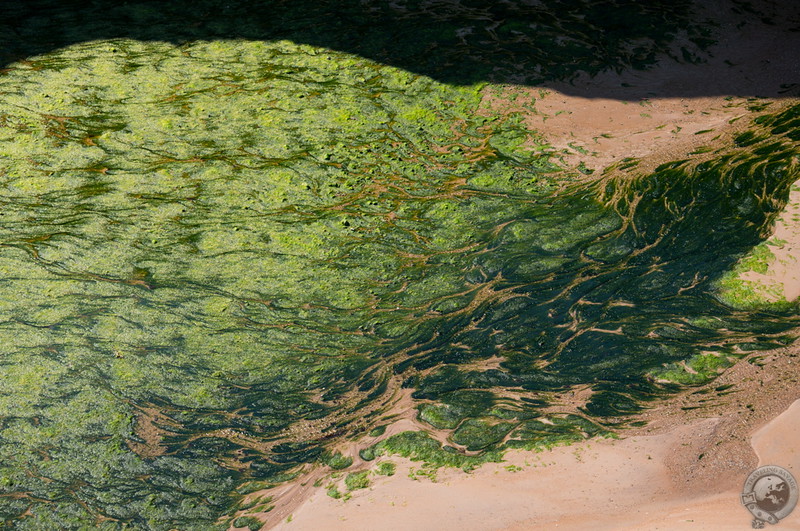
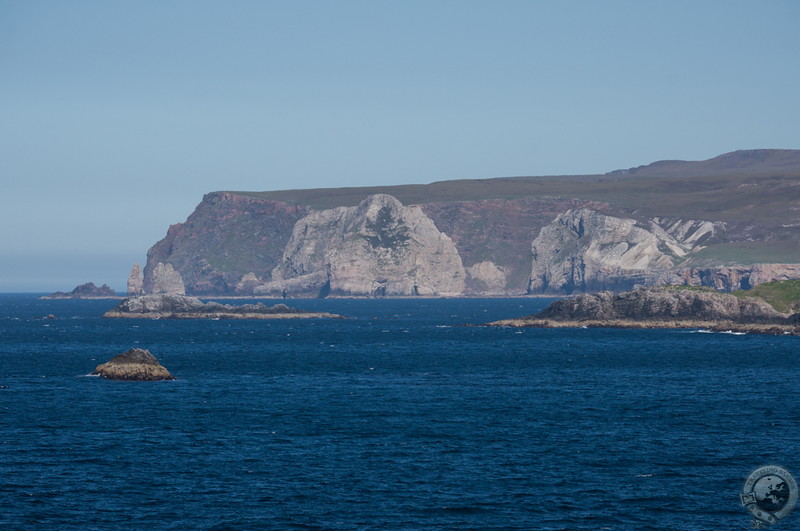
hey Keith,
we have just returned from our North Coast 500 14-day-trip. Unfortunately during our visit, the route in Smoo Cave has been closed up due to heavy rains before. Nevertheless, we had access into the first chamber with the waterfall which was now really enormous after those rains. The beaches near cave are soooo beautiful as the rest of the Western and Northern coast. Really enjoyed our trip, thanks for your advices! 🙂
Martina
Hi Martina. Those small roads exist at the mercy of the elements. Glad you got to at least see part of it!
Smooth cave I’ve been there many times it is beautiful and also the surrounding countryside. Hopefully I can return in the very near future.